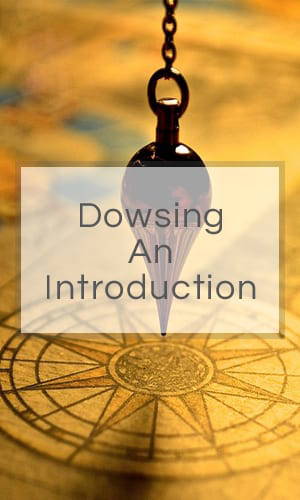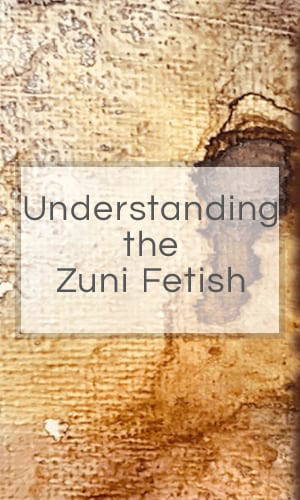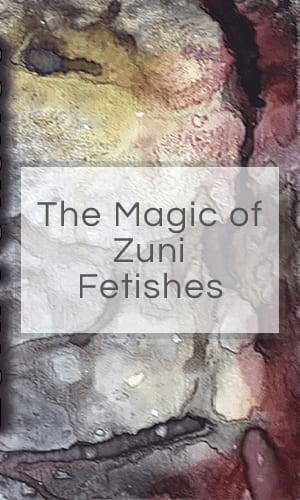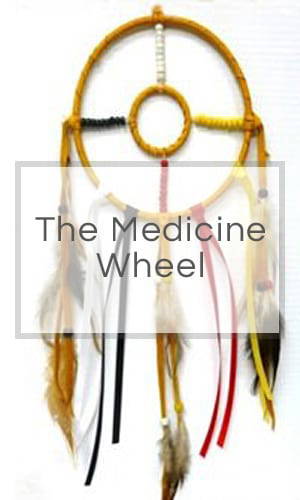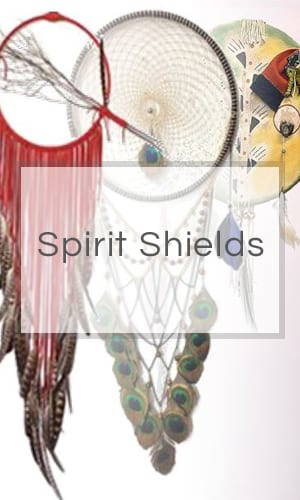By Marianna Sheldrake
To truly appreciate the value of the Native American animal carvings known as Fetishes you would first have to know a little about the people who carve them and their beliefs. To many the term ‘Fetish’ might conjure up some bizarre images far removed from the exquisite small yet powerful spirit animal carving that they are.
Fetishes are objects that are fashioned usually in the shape of animals. They are created by respected skilled members of the tribes that live in the Pueblos of North America. The most sort after and renowned carvers are families from the Zuni Nation who have learnt the skills passed down through generations. These are where all our fetishes come from with certain carvers’ names becoming very sort after pieces.
These family names are some of the oldest and most important to Zuni, sadly many of the elders have since passed over making their work even more collectable. The following names are the ones most respected through the years and of their descendants that continued in the trade.
The Teddy Weahkee Family include the names of ‘Boone’ ‘Leki’ ‘Tsikewa’ ‘Gasper’ ‘Acque’.
The Leekya Deyuse Family includes the names of ‘Homer’ ‘Leekya’ ‘Laahty’.
The Teodore Kucate family still carving today, includes names ‘Sheche’ ‘Kucate’ ‘Snow’ ‘Le Bouef’ ‘Boone’.
The Quandelacy Family (I actually saw many pieces of their work on the reservation at Zuni and in New Mexico and met some of the family members). John Quam taught his daughters Ellen Quandelacy and Annie Gasper Quam. Both daughters children went on to become valued carvers in their own right honouring and producing traditional designs. Family names to look out for Albenita Yunie, Avery Quandelacy, Andres Quandelacy and Colleen Kaamasee, Barlow Quandelacy, Dickie Quandelacy, faye Quandelacy, Fae Quandelacy, Georgia Quandelacy, Sandra Quandelacy, Stewart Quandelacy and Priscilla Lasiloo, Wilmer Quandelacy, Brian Yunie, Jeffrey Yunie, Lynn Quam, Rhoda Quam.
More contemporary family carvers are making names for themselves such as, Claudia Peina, Gerald Peina, Ephram Chevaz, Howard Lessarlley, Ed Lementino, Jim Lementino, Bernard Laiwakete, Kenrike Laiwakete, Della Haloo and Graig Haloo. These too are becoming highly collectable and you will notice the family name coming up time and time again with family members continuing the traditions.
Zuni has one of the larger populations of Native American tribes which in the mid nineties consisted of some 9,000. They have one main village 35 miles south of Gallup, New Mexico on Route 66 to California. The Zuni lands occupy 400,000 acres of reservation that today is made up of small farming communities. The land is quite dessert like and scraping a living from the earth can be arduous.
The Zuni use fetishes for many different purposes. Anything from good hunting to fertility and rain fall. They believe that once the shaman has breathed life into them the ’Fetish’ takes on a life of its own and has the power to communicate with the gods. They home and protect the ’Fetish’ bringing it sustenance in the form of corn daily and talking and praying with it. The ‘Fetishes’ are used to play a role in their sacred ceremonies as the Zuni believe that all things have a spirit. The animal spirit that resides within the ‘Fetish’ is connected to the energy of the animal in the physical and spiritual worlds. It is many times more powerful then that of a man and therefore considered sacred.
The medicine wheel animals used for protection and healing.
In the centre Mole for everything underground and Sky Eagle for everything above ground. Wolf to the East. Mountain Lion to the North, Bear to the West and Badger to the South.
The medicine wheel animals used for hunting or abundance.
Mole for everything underground and Sky Eagle for everything above ground. Wolf to the East. Mountain Lion to the North, Coyote to the West and Bobcat to the South.
The ‘Fetishes’ created with an inlaid heartline represents the breath path which leads to magical powers in the ‘Fetishes’ heart. This gives the ‘Fetish’ heart power over the heart of its prey or over the heart of the patient as in a healing. Sometimes referred to the breath of life there are many sacred healing ceremonies carried out using the healing bear for example to aid the shaman. The power of the shaman combined with the power of the healing bear ‘fetish’ is very strong medicine.
These ‘Fetishes’ whether collected to make ones own healing pouch or for the beauty of the individual pieces themselves take on a momentum of their own very quickly and open one up to the fascinating and well preserved world of the sacred Zuni.

